This is a pre-order! Physics units that have been released will be available immediately. Remaining units will be added to your account as they are released monthly.
Course Overview
Physics is a science course about the most fundamental rules of the universe and the way it works. Physics includes the study of things like motion, machines, magnetism, heat, energy, sound, and light. All other branches of science rely on the understanding of the physical laws of the universe that physicists have discovered.
This course covers all the basics that would be found in a high school physics course including things like force diagrams, Newton’s Laws of Motion, Einstein’s ideas about gravity, work and energy in the scientific sense, simple machines, fluids and Bernoulli’s principle, wave interference, the relationship between temperature and pressure, electricity and circuits, magnetic fields, and the nature of light including quantum physics. In this course we focus on classical mechanics but touch briefly on special relativity and quantum mechanics.
Most of the concepts in physics can be taught to any age student and Layers of Learning specializes in family-style learning where the whole family learns together.
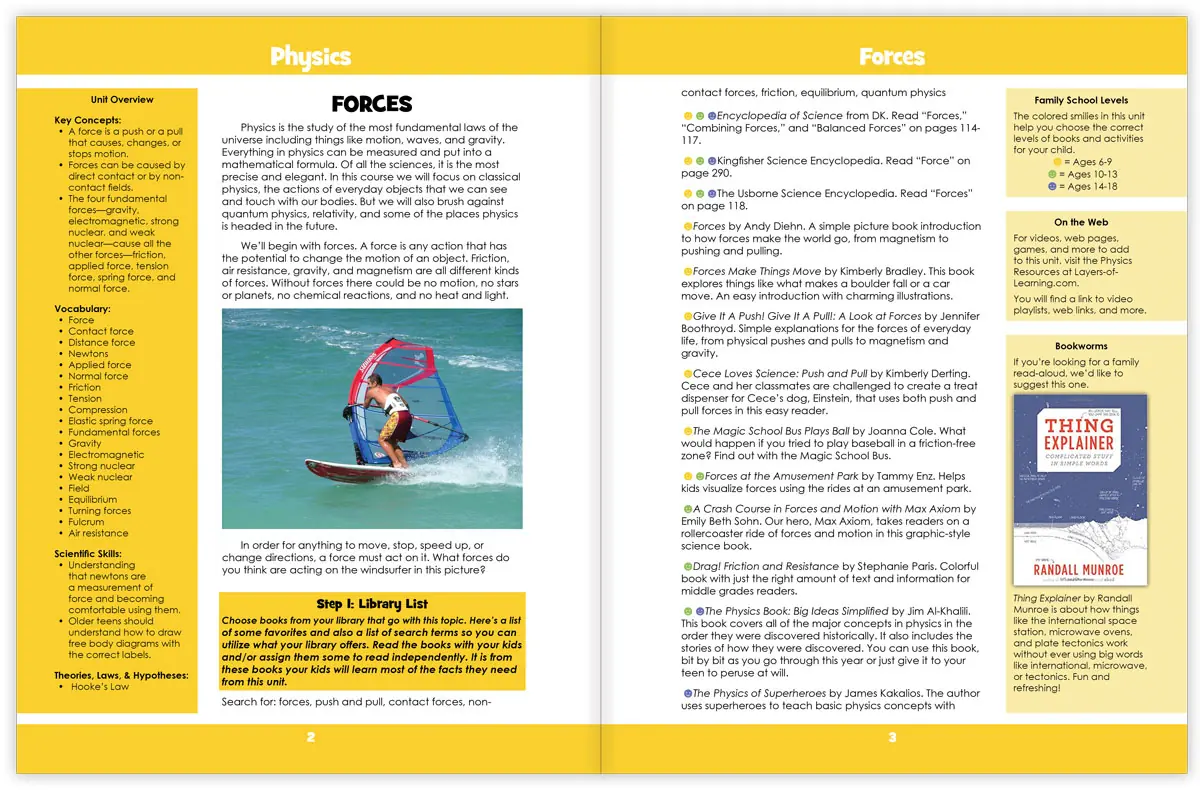
Learn more about how Layers of Learning works.
What’s In This PDF Course?
Physics includes nine individual units, one for each month of your school year.
- Forces – Things move, stop, or change directions because of a push or a pull from contact, electromagnetic, gravity, or the strong and weak nuclear forces.
- Motion – Motion can be described through simple mathematical equations including Newton’s three laws of motion.
- Gravity – Bodies with mass are attracted one another and bog bodies like stars and planets pull on each other and on smaller bodies.
- Work & Energy – Calculate joules and potential and kinetic energy. Experiment with pendulums and simple machines. Learn how complex machines like gas engines are made of simple machines.
- Fluids – Properties of water including density, buoyancy, specific gravity, surface tension, and hydraulics. Properties of air including pressure and Bernoulli’s Principle. Waves motion and energy including water, and sound waves.
- Thermodynamics – The study of heat and temperature and their effect on volume, pressure, and work.
- Electricity – Static and current electricity, circuits, and electric fields plus batteries.
- Magnetism – Magnets are charged particles all lined up in one direction creating a field of energy that is capable of doing work. Learn about magnets, electromagnets, and motors.
- Light – Learn about the electromagnetic spectrum, the double slit wave experiment, the speed of light, optics and lenses, color, and quantum mechanics and the standard model.
Lab Equipment
Each Experiment has its own list of materials and since the Experiments are pick-and-choose it is not possible for us to know exactly which materials you will need. The vast majority of items are things you probably already have at home or can pick up at a local store. However, here are some basic specialized materials you will probably want to have on hand.
Links to products below are affiliate links.
You will need accurate measuring equipment including an electronic balance and a thermometer.
It is also nice to have a spring balance scale.
For the magnetism unit you will need magnets.
For the Electricity unit you will need wires, 9 volt and AA batteries, and flashlight or LED bulbs. The easiest thing is to get an electricity kit like this:
A Layers of Learning Science Lesson
Each Exploration or Experiment in the units is written as a complete lesson plan. It will direct you to books to read, videos to watch, projects to craft, experiments to perform, and discussions to have. The units are clear full of Explorations to choose from, and you won’t have time for them all. This is a pick-and-choose curriculum.
Besides the science lesson for the day, the units are lined with sidebars that direct you to discussions, books, famous people, interesting facts, writing ideas, and more.
You will also see a Library List at the beginning and a Show What You Know section at the end that will help you create assessments or tests based on your individual learning.
Reusable and for All Ages
These units books are for the mentor, not to hand to the student. They are supposed to be used repeatedly. Since this is a pick-and-choose curriculum, you do some of the experiments and explorations and save others for later on. If you follow the four-year cycle, you will progress through Earth & Space, Biology, Chemistry, and finally Physics over the course of four years. Then you will cycle back to Earth & Space in the fifth year when your kids are older and learning at a higher level. In all, you may use this book three times with your child.
The Physics units contain lessons ranging from flying paper airplanes to E=mc2. There are plenty of concepts for little kids and plenty to challenge high schoolers. Most lessons are meant to be taught to many ages, from 6-year-olds clear up to seniors in high school. Each age group gets the same Exploration or Experiment and principles, but they learn on the level they are ready for. Books from your library and videos from the YouTube playlists customize the learning for each age.
Extra Resources
YouTube playlists and links to helpful websites are all assembled and ready for you to access on the Physics Resources page.
If you are printing the PDF course, you may want a printable Physics cover for your binder.
Printable Packs
Physics also includes printables for every unit. These are worksheets or paper crafts for the students. The Printable Packs are available as a digital PDF download and come with your purchase on your receipt.
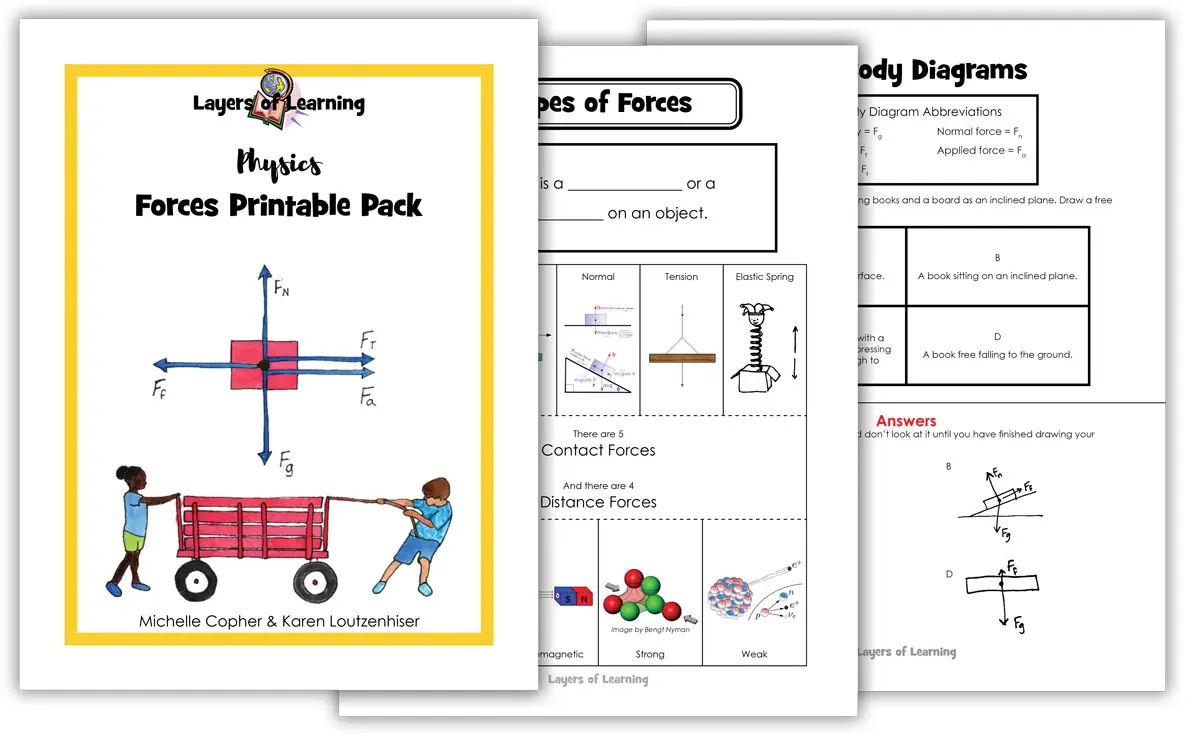
Also Sold As Individual PDFs
The Physics course also comes as individual PDF units you can purchase one-by-one as you go. The individual PDFs are exactly the same content as the units that are included within the paperback or PDF Physics book. It’s like buying the course chapter by chapter in a digital format.

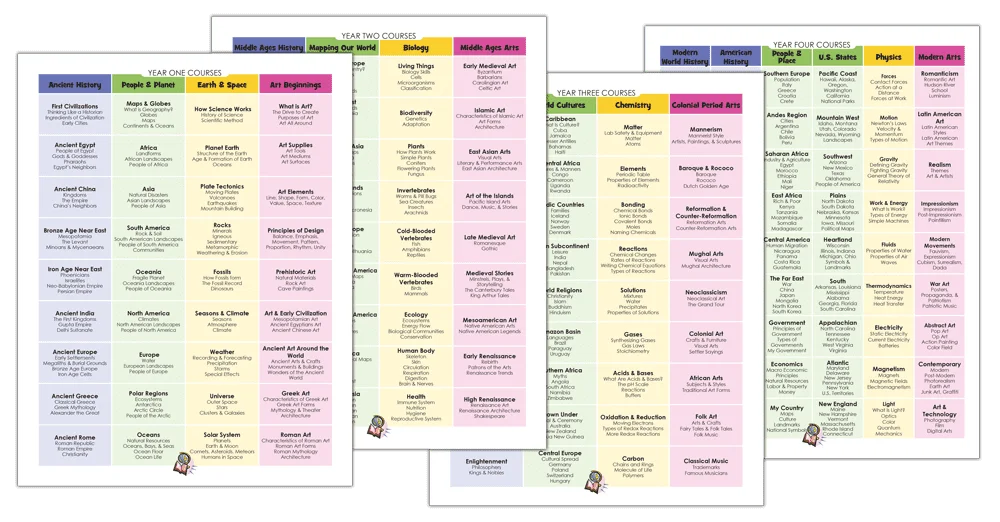
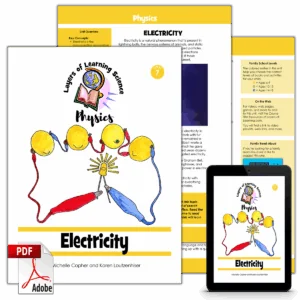



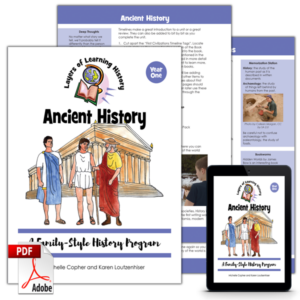
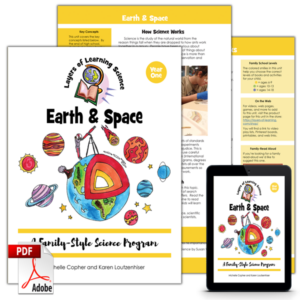
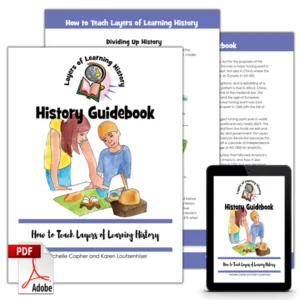
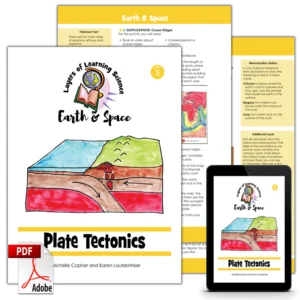
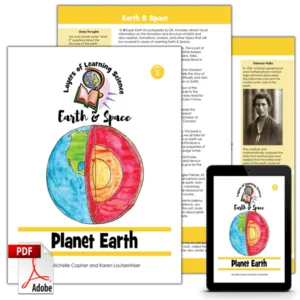
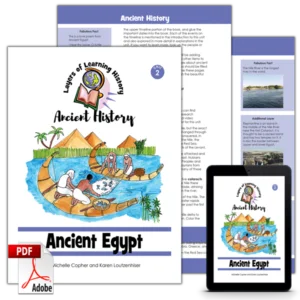
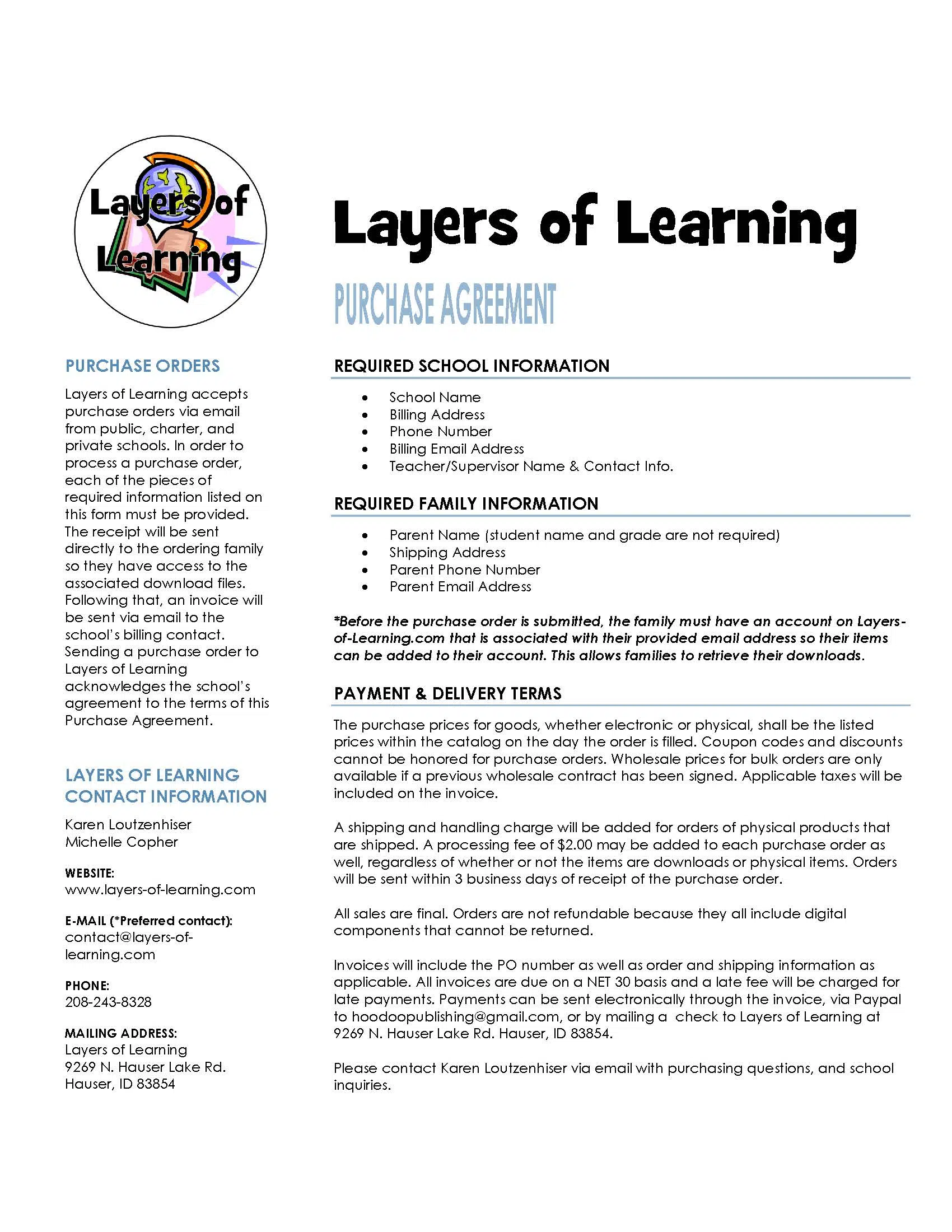
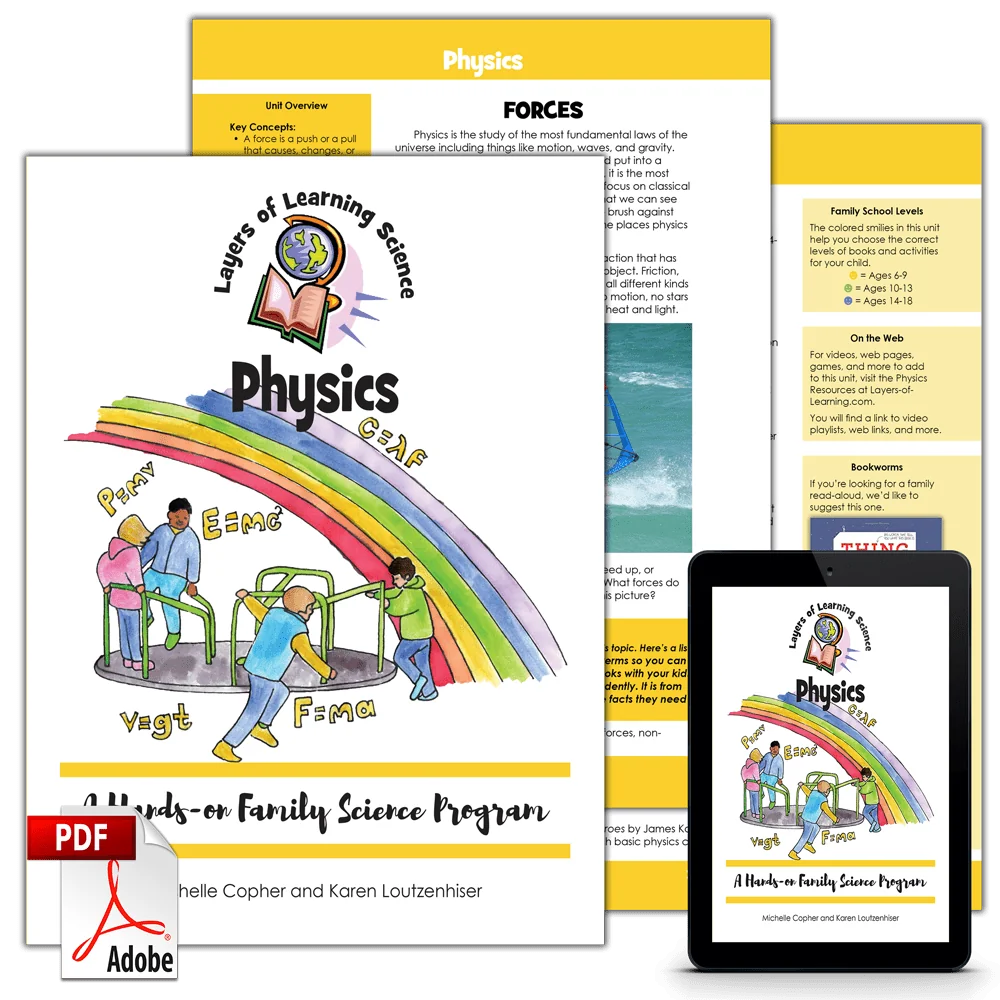






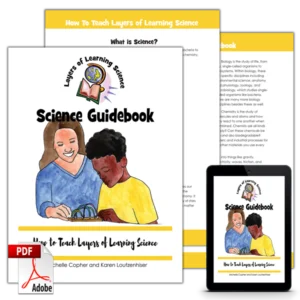
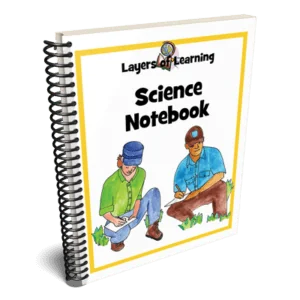

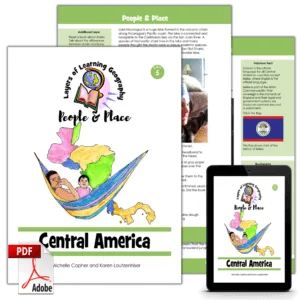
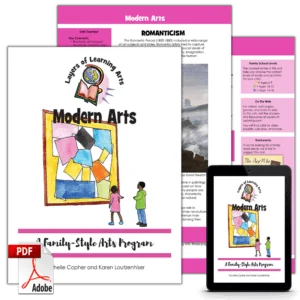
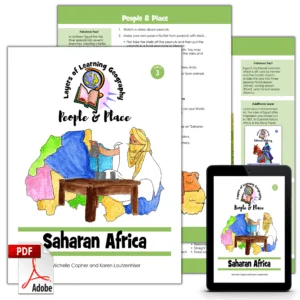
Reviews
There are no reviews yet.